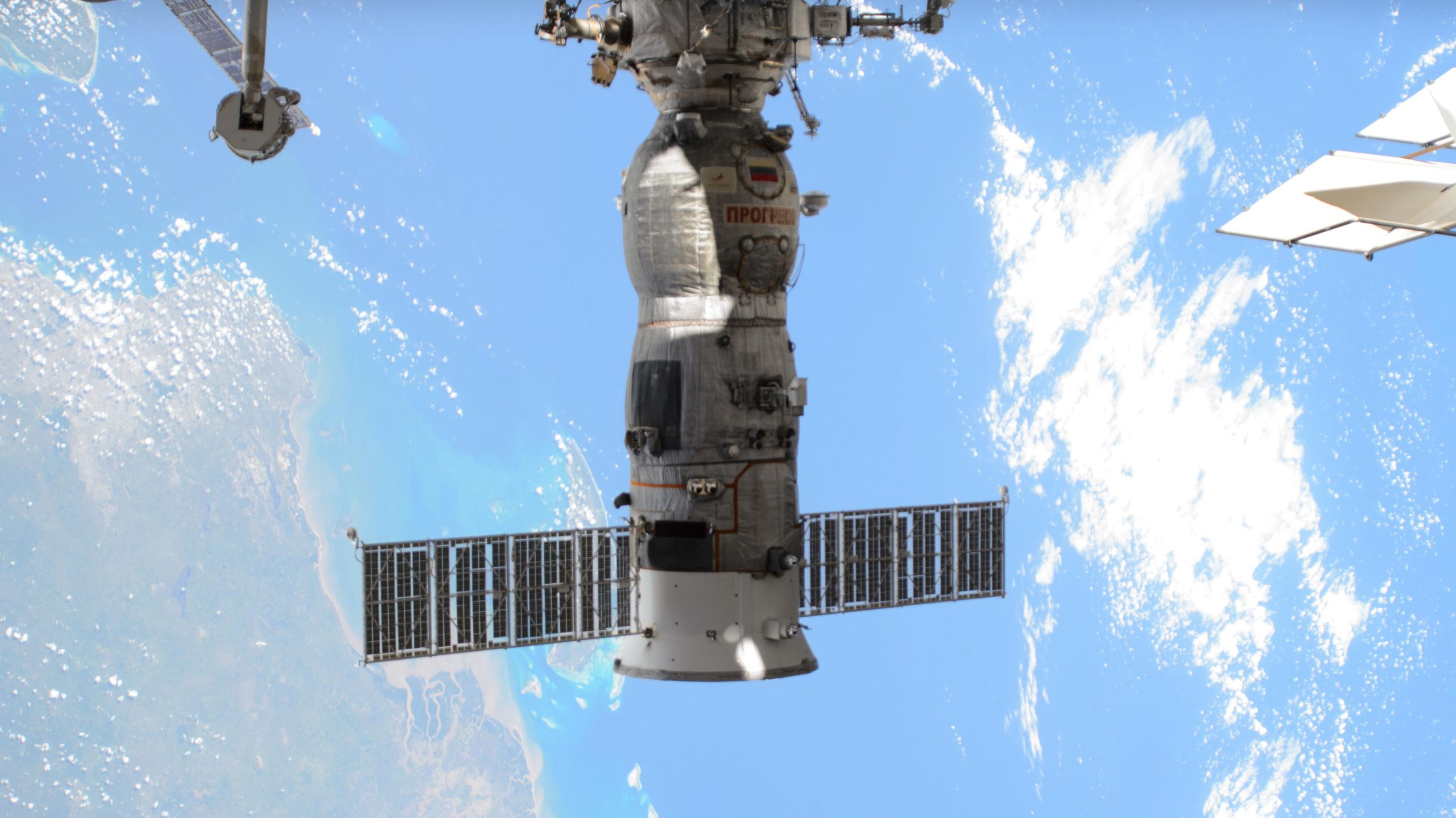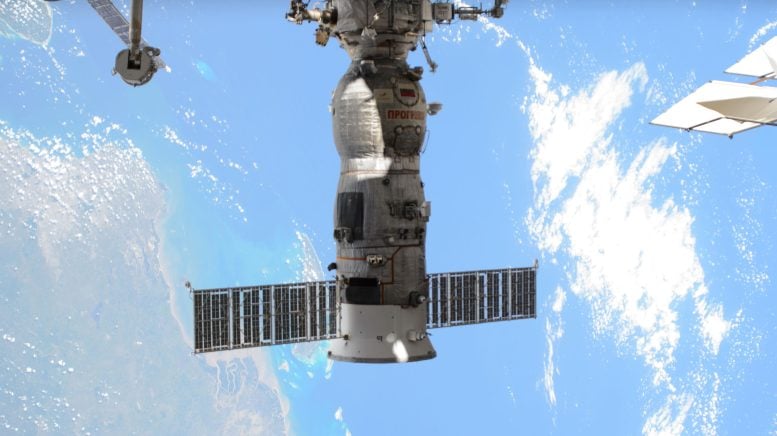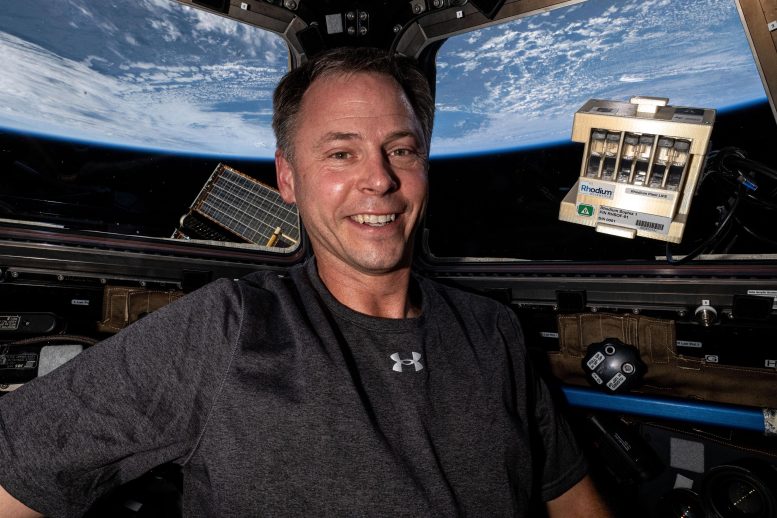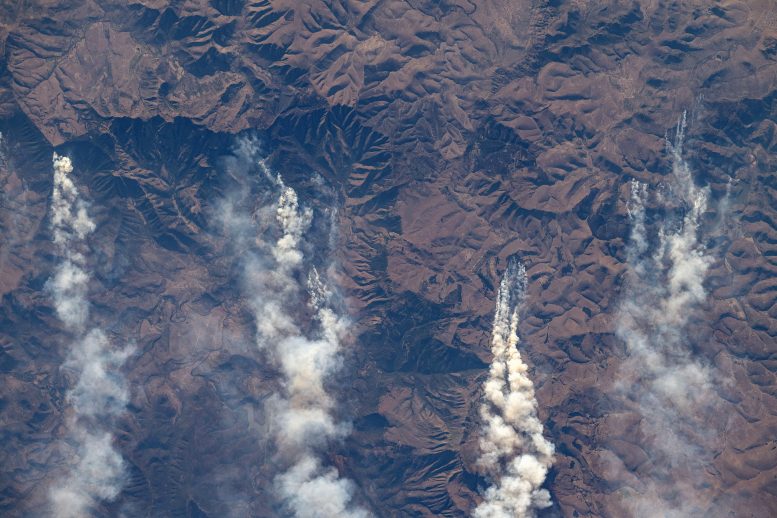

Wednesday’s research aboard the International Space Station (ISS) focused on DNA-like nanomaterials, ultrasound scans, and essential maintenance for advanced science equipment. The Expedition 72 crew also carried out critical life support and system servicing tasks, ensuring the orbital outpost’s smooth operation. The day concluded with adjustments to the station’s altitude, preparing for upcoming resupply missions.
Innovations in Space Medicine
NASA Flight Engineers Suni Williams and Nick Hague continued investigating how DNA-like nanomaterials might be manufactured in space to develop therapies for both space-related and Earth-based health conditions. In the Kibo laboratory module’s Life Science Glovebox, they processed and imaged messenger RNA (mRNA) samples to evaluate their quality in a microgravity environment. These space-manufactured samples will be compared with Earth-based ones to test the theory that space conditions could enhance vaccine quality, regenerative medicine, and more.

Meanwhile, NASA Flight Engineer Butch Wilmore set up a DNA therapy experiment, repositioning a laptop to support ongoing biotechnology research. Wilmore also replaced hardware and experiment samples in the Combustion Integrated Rack as part of a study on how solid fuels burn in microgravity—research that could lead to improved fire safety on future spacecraft.
Biological Studies and System Maintenance
NASA Flight Engineer Don Pettit spent most of his day transferring biology hardware from an incubator to a glovebox located inside Kibo to study the effects of space-caused inflammation. Following that, the four-time space station visitor spent the rest of the afternoon on orbital plumbing tasks in the Tranquility module.

Ultrasound Scans and Communication Tests
Roscosmos Flight Engineers Ivan Vagner and Aleksandr Gorbunov scanned their stomachs with an ultrasound device after breakfast on Wednesday. The cosmonauts were exploring how the digestive system adapts to the long-term weightless environment aboard the orbital outpost. Vagner and Gorbunov later joined Flight Engineer Alexey Ovchinin and checked the Zvezda service module’s telerobotically operated rendezvous system, or TORU, that can be used to control Roscosmos spaceships from the station. Finally, Ovchinin and Vagner tested ways to improve communications with international crews and flight controllers while Gorbunov checked thermal sensors inside the Zarya module.
Station Positioning and Upcoming Missions
The International Space Station is orbiting higher today after the Progress 89 cargo craft docked to the rear port of Zvezda and fired its thrusters for over 31 minutes. The orbital reboost places the station at the correct altitude for the Progress 90 resupply mission planned to launch next week after the departure of the Progress 88 cargo craft.

